From the benefits and frequency of exfoliation to chemical and enzymatic methods, here are 10 things you should know about exfoliation
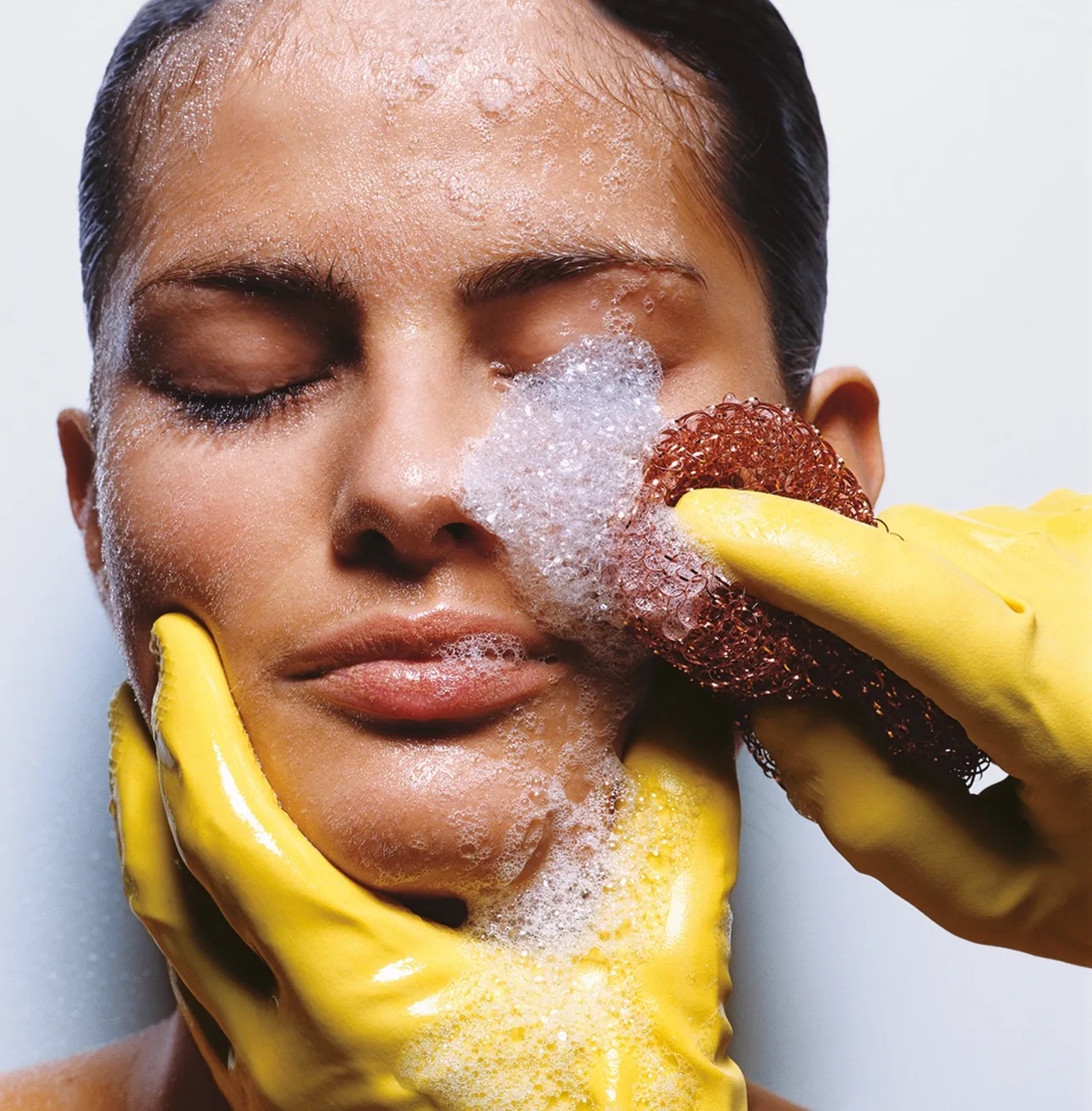
Image/ Isabeli Fontana by Irving Penn for Vogue May 2002
By Kiekie Stanners
It's an ongoing jigsaw trying to piece together exactly what 10-step skincare routine to stick to. With a constantly rotating influx of new products being presented to us, it can be incredibly overwhelming.
If there is one thing that is a sure necessity in the lineup for keeping pores at bay and the skin’s surface smooth, it is exfoliating.
In simple terms, exfoliation is the removal of the surface skin cells and built-up dirt from the skin's surface. The term comes from the Latin word exfoliare - 'to strip off leaves'.
It’s amazing to think the simple ritual of exfoliating dates back thousands of years. A combination of pumice stones and scrubs made from sand or plants such as aloe vera, or a mix of salt and sour milk are said to be the earliest form of facial exfoliation, thanks to the ancient Egyptians. The Native Americans enjoyed the process using dried corn cobs (apparently!)
Regular exfoliation has multiple benefits for all skin types, especially those with blemishes and clogged pores. Benefits include:
- Improved skin tone and texture
- Improved collagen production for plumper skin
- Reduced incidents of breakouts
- Brighter, more luminous skin
- Enhanced absorption of your skincare products
While we have absolutely moved on from an aggressive daily Apricot Scrub on our faces, there are some things to take into consideration when choosing exfoliating options such as the type of exfoliator and ingredients to look out for.
10 THINGS YOU SHOULD KNOW ABOUT EXFOLIATION
- When To Use An Exfoliator
Use your preferred exfoliator after cleansing, for the simple reason that in reverse order, you may be cleansing away all of the benefits of your exfoliator and potentially wasting money by doubling up. Cleanse to remove daily grime and oil, then follow with gentle exfoliation.
- Different Types of Exfoliation
MECHANICAL EXFOLIATION
Your physical scrub. This involves using your hands to manually slough away dead skin cells with grains without drying the skin. Scrubs and polishes are ideal to use year-round.
CHEMICAL EXFOLIATION
The AHAs and BHAs. This is a mild fruit acid that dissolves dead skin cells and can get to work over several hours, meaning some are best as a leave-on product. These are best for dry (AHA) and oily (BHA) skin types, acne, and sun-damaged skin in need of repair. Acid exfoliants also target clogged pores and penetrate deep to kill bacteria in the hair follicle that causes acne.
ENZYMATIC EXFOLIATION
Enzymes in skincare are derived from fruits like papaya and pineapple and they work by gently dissolving dead skin cells. This method is great for sensitive skin types, as it is not abrasive
- How Exfoliating Works With Makeup Use
Don’t exfoliate when still wearing makeup. Without breaking down makeup first, there is a possibility of scrubbing your product right back into the pores you are trying to keep clean.
Ensure you use an oil or specific makeup remover first to break down these emollient products before using any type of exfoliator.
An oil-based makeup remover is ideally best for breaking down foundation/ concealers/ powders, before thoroughly cleansing and then following with your preferred exfoliator.
- How Often To Exfoliate
You know your skin and should adjust your skincare accordingly. However, over-exfoliating can lead to dry, flaky skin and inflammation. Exfoliating too little with any oily skin type can lead to congestion. Depending on the type of exfoliant will affect how often you will use them.
A physical exfoliant is best to be used every other day. Daily is perhaps too abrasive, especially in cooler weather.
With a chemical exfoliant, as this can act on a deeper level, start out by only using weekly to allow skin time to adjust then increase to up to 2-3 times a week.
For an enzymatic exfoliant, use either AM or PM, 2 - 3 times a week.
- Don't Forget Your Neck and Décolletage
I always think the poor neck gets forgotten about. We take all this time and care with our facial skincare routine, but stop at the chin when the continuation of looking after our skin needs to extend further.
I would suggest a chemical exfoliant for the neck area, to allow for continuous action, not damage any delicate skin and allow for better skincare absorption.
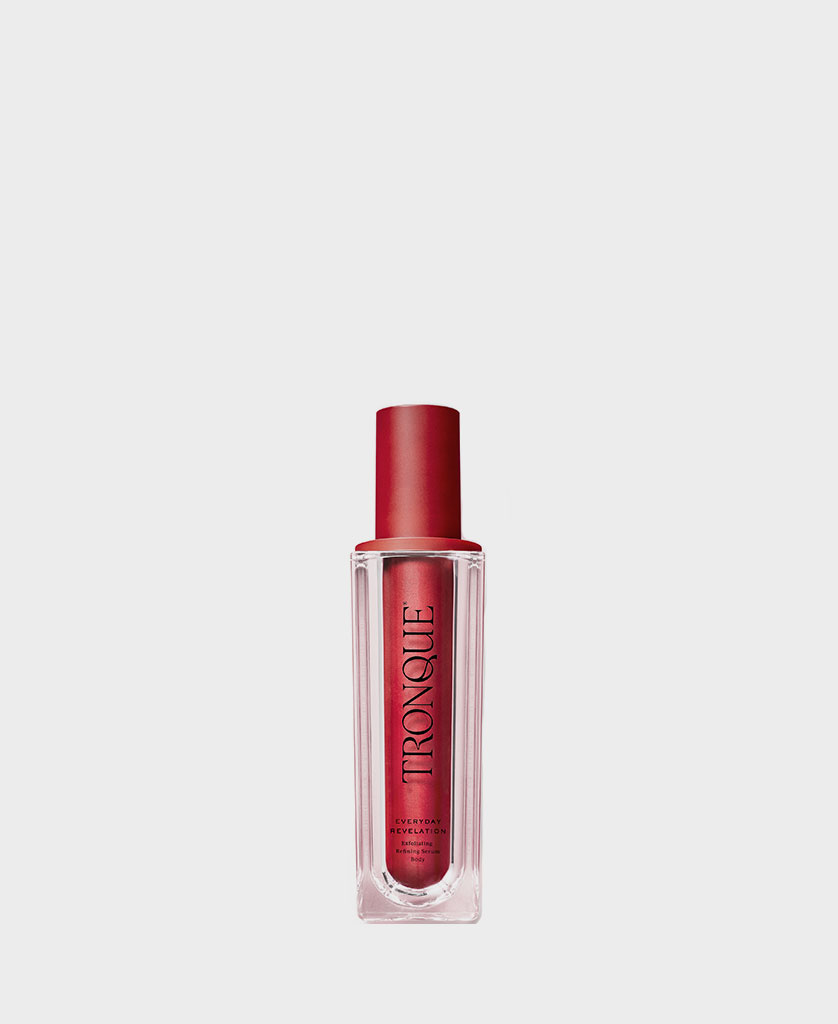
- AHA’s
Alpha hydroxy acids (AHAs) are a group of acids that occur naturally in fruits, sugar cane, and milk. AHAs are best for dry skin, as they help to break down the “glue” that holds dead skin cells together. AHAs can’t penetrate too deep into the pores since they are water-soluble.
Benefits of AHA include:
- Improved skin texture
- Acne reduction
- Fading of dark spots, hyperpigmentation or the appearance of scars.
If using an exfoliating product that contains AHAs, test on a small area first to ensure a reaction doesn’t occur. Always follow with daily SPF use of at least 30+ to protect against UV damage.
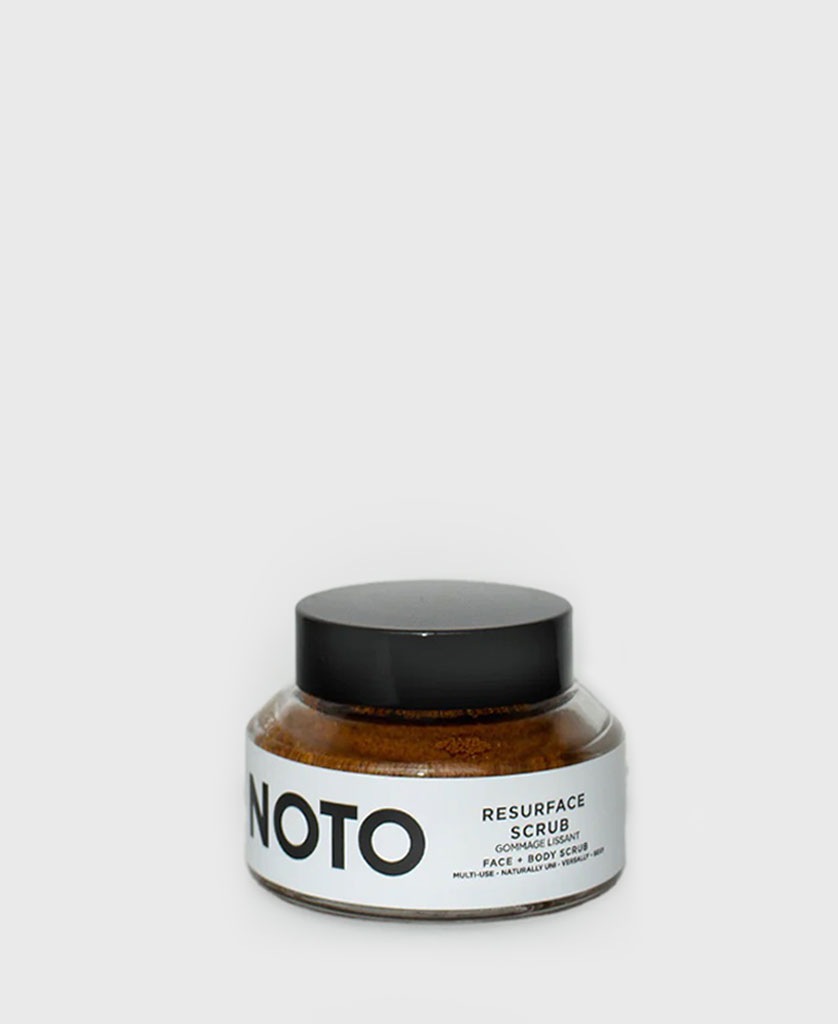
- Foaming or Non Foaming
A scrub cleanser can slough off the top layer of dead skin cells, and allow new skin cells to come through brighter.
Whereas a foaming wash can deep cleanse and help prevent break-outs from forming within pores. These are great for oily skin types.


- Caviar Limes For Your Skin
Vitamin E loaded Caviar Lime or 'Finger Limes' is a fruit with amazing skincare benefits thanks to its naturally occurring Alpha Hydroxy Acids. A natural citric acid that promotes skin renewal is often found in a range of exfoliating scrubs.
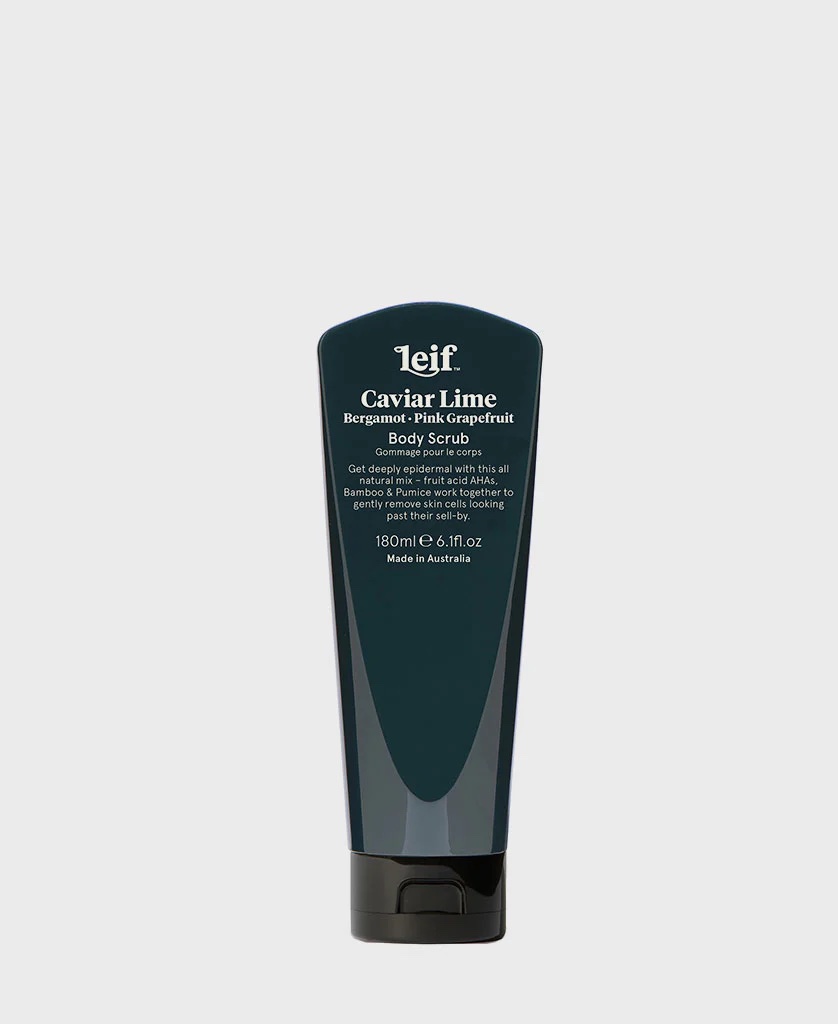
- Dragonfruit Skin Jellies
The eye-catching dragonfruit is not only a nutritious fruit that supports skin health (and did you know you can make dragonfruit jelly from the spiky skin that is usually discarded?!) but it can also be found in exfoliating products to aid in hydration and help tighten and firm the skin. It is known for its antioxidant properties to reduce acne when applied topically and sooth itchiness caused by sunburn.
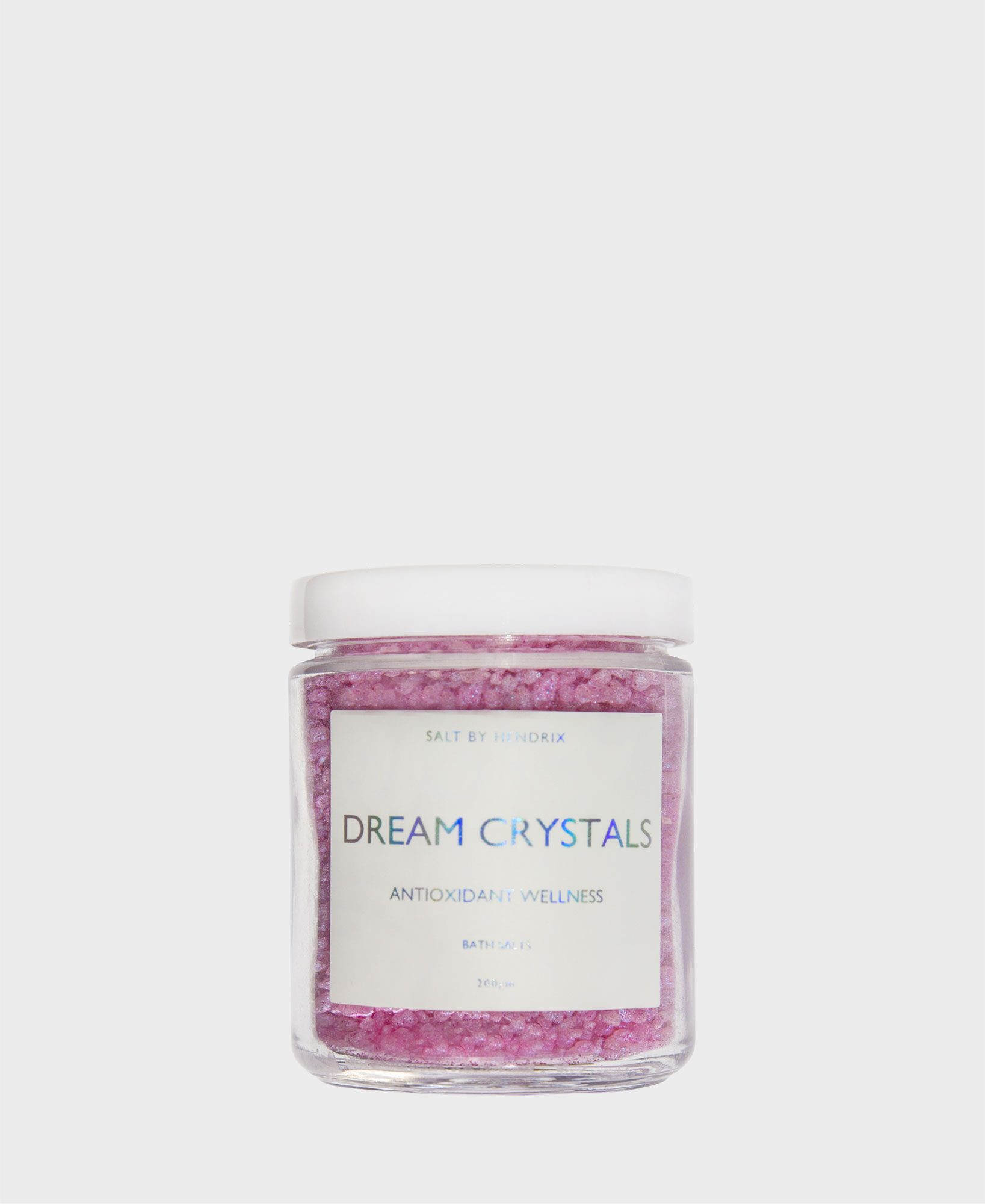
- The Exfoliation Method
It is ideal to exfoliate in the morning after your skin has repaired itself overnight. Using a little warm water is the ideal way to start your exfoliation process - facial scrubs in the shower soften the skin and open the pores.
Apply a gentle pressure, in a circular motion using a pea-sized amount of product.
Gently rinse again with warm water and ensure hydration is locked in by applying your moisturisers/serums straight after.


